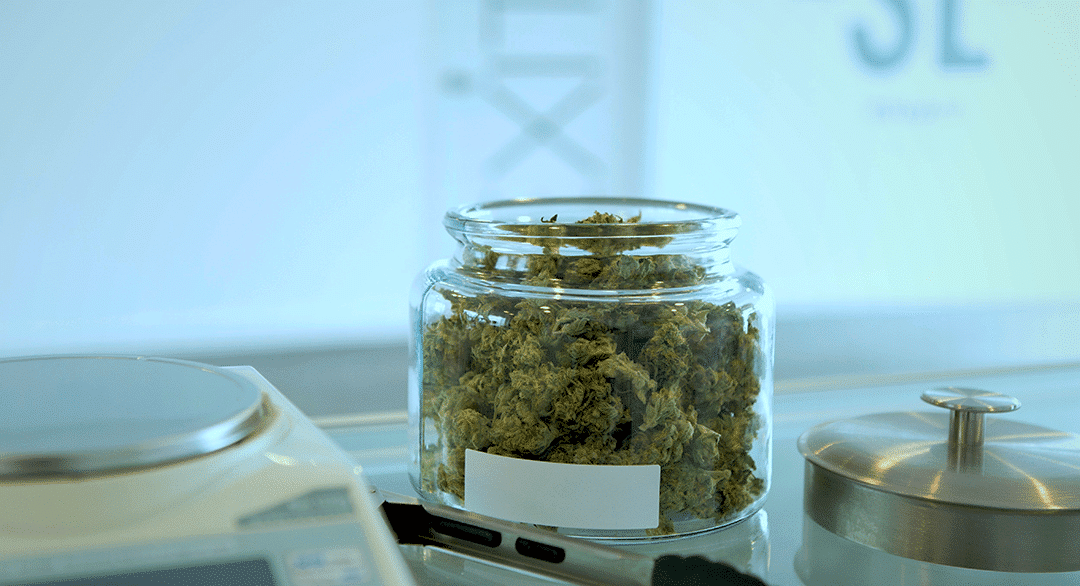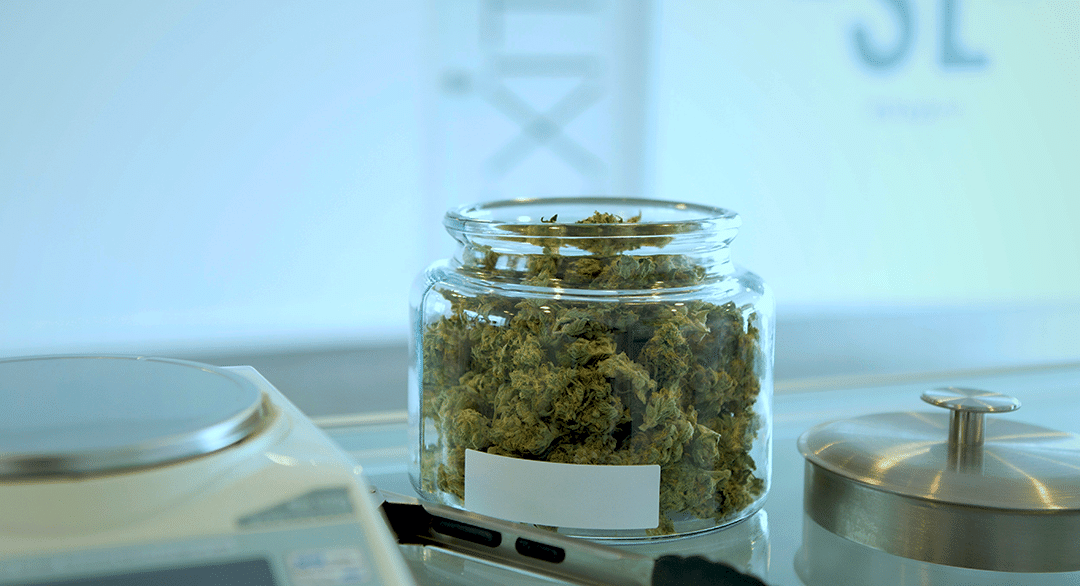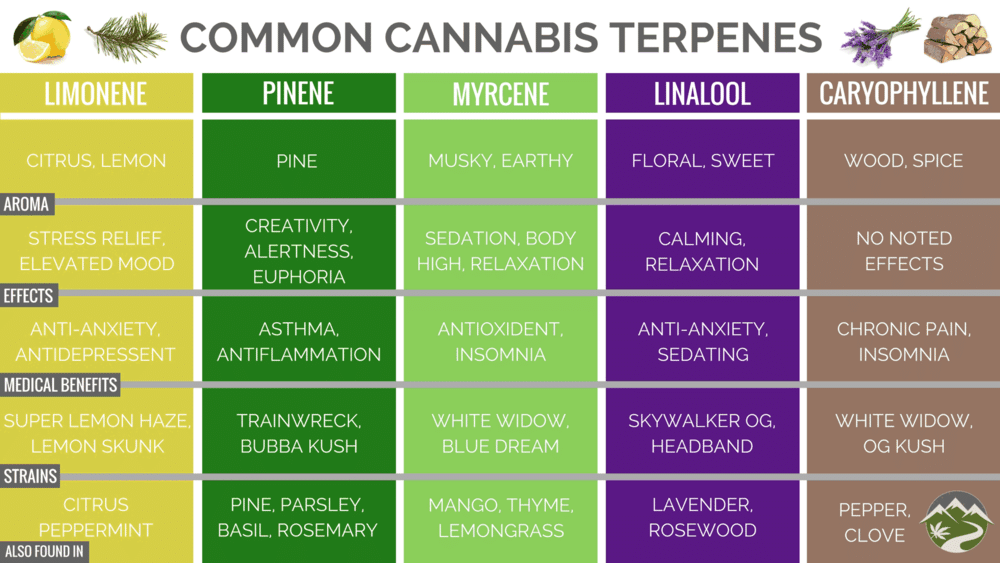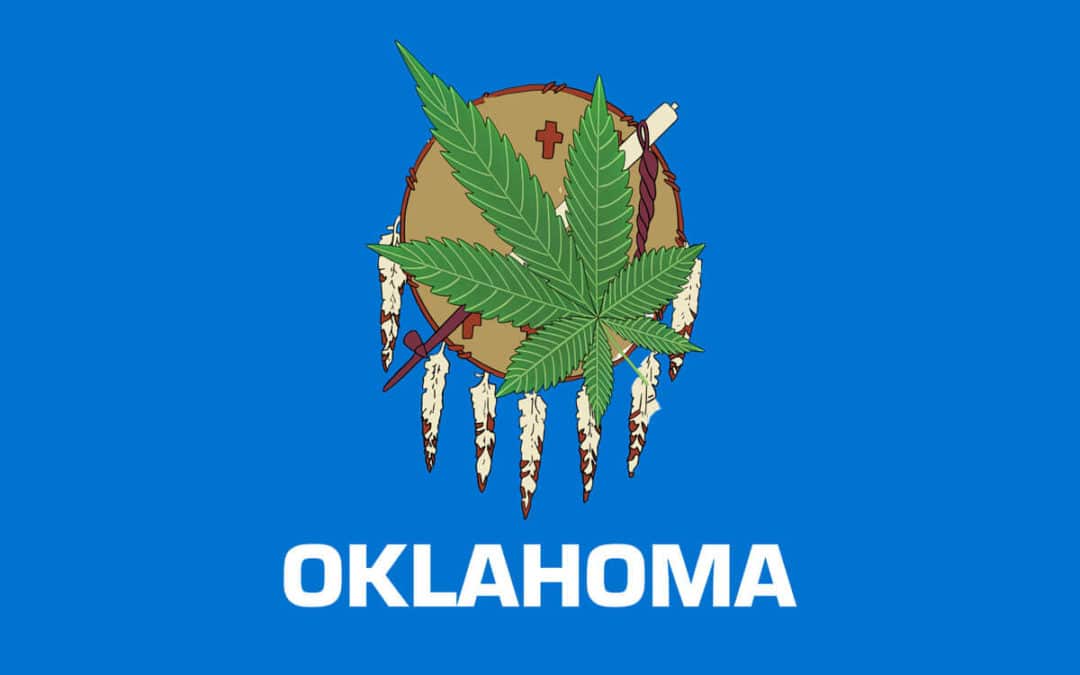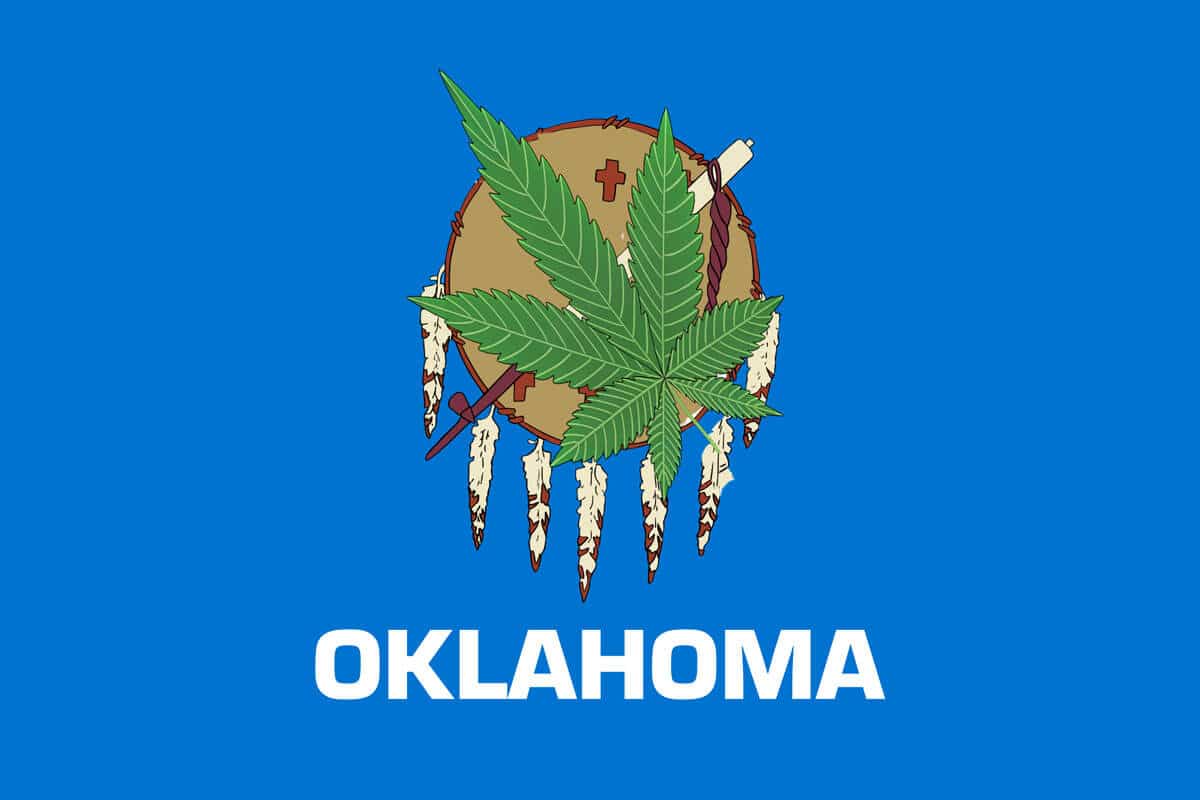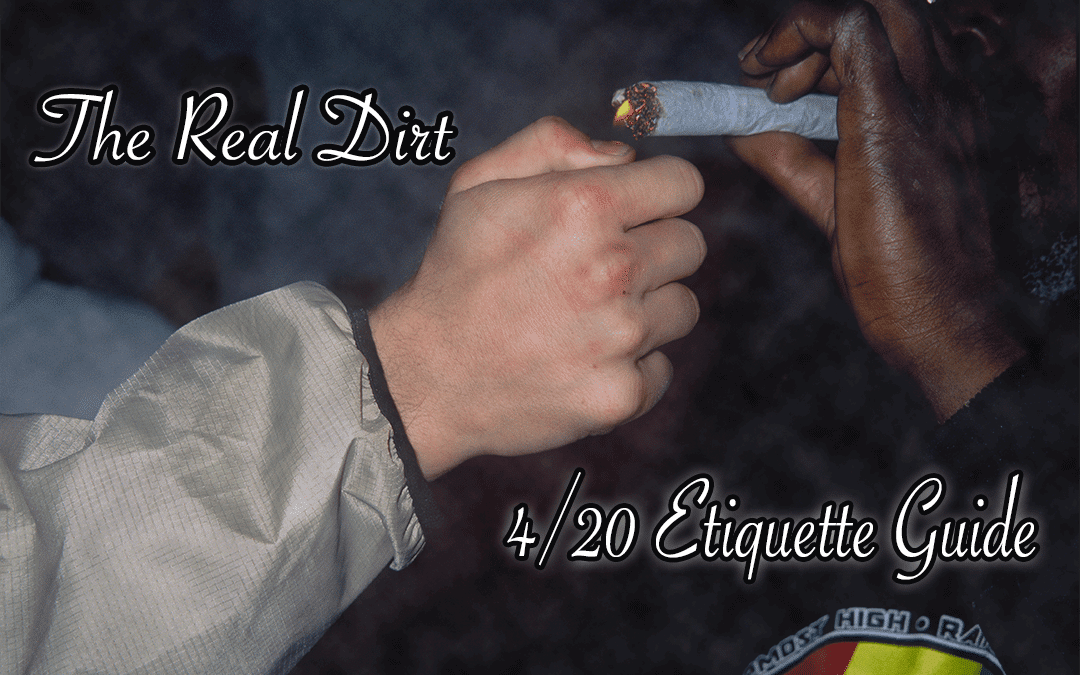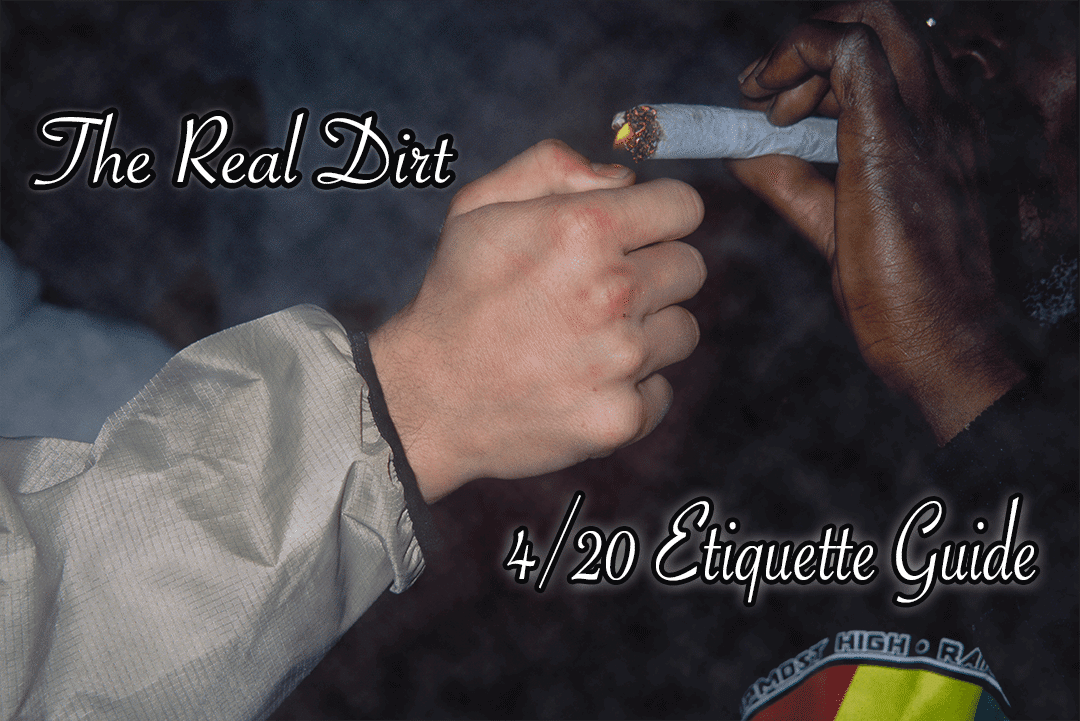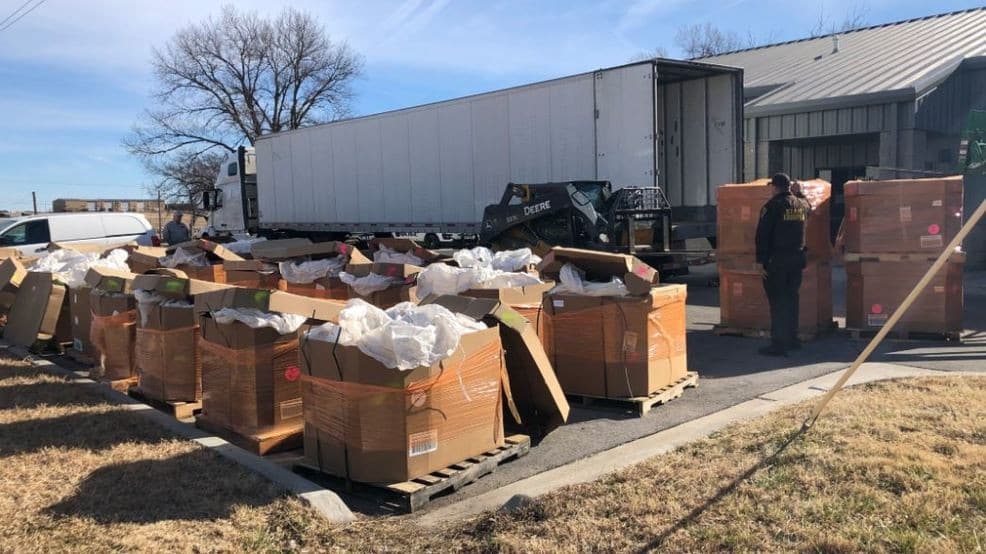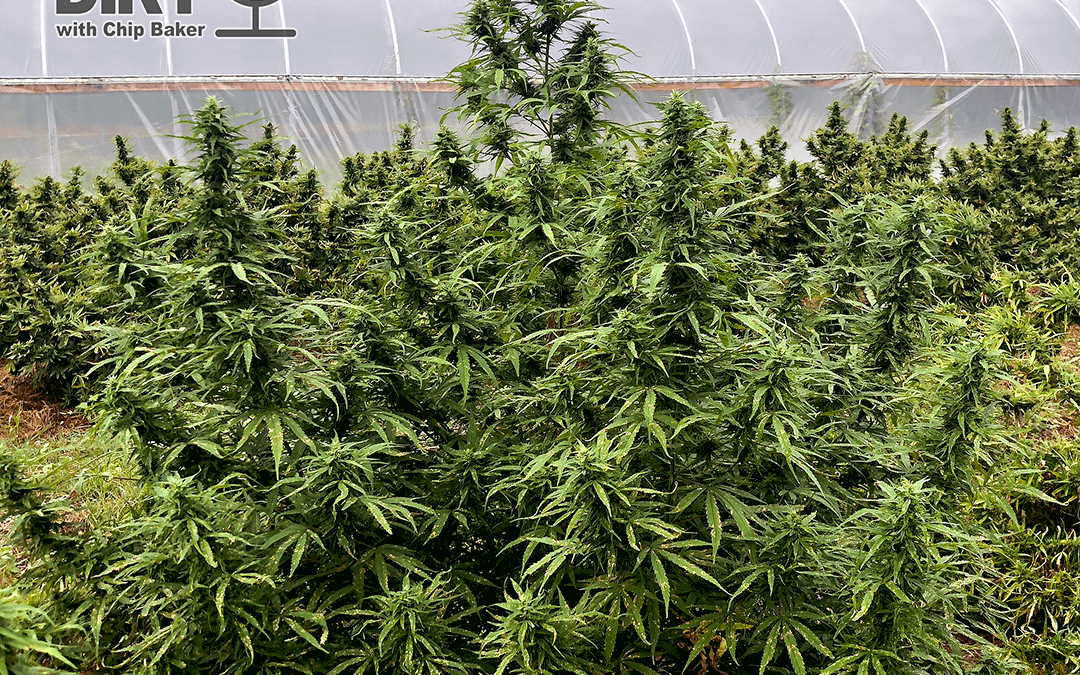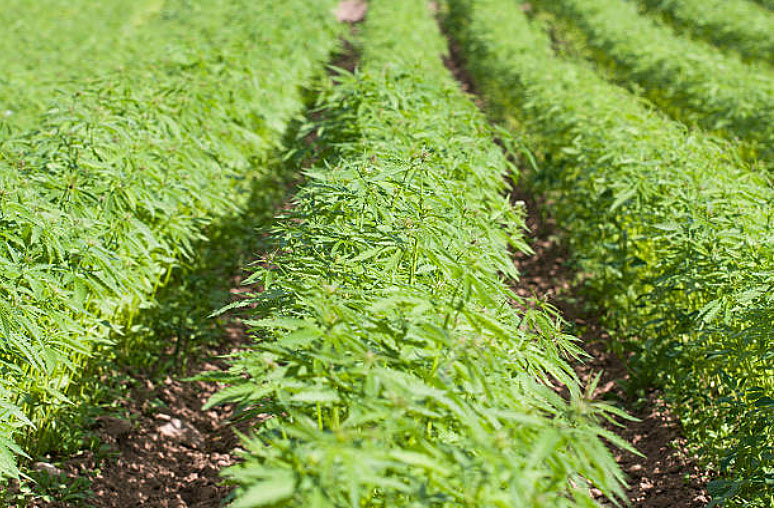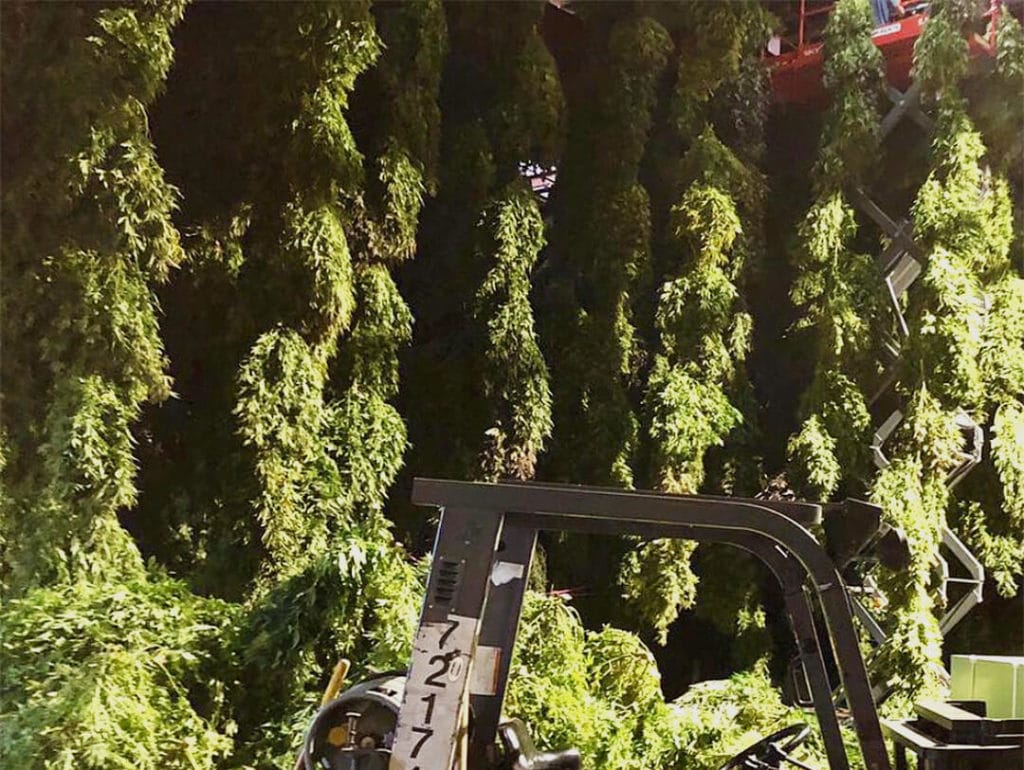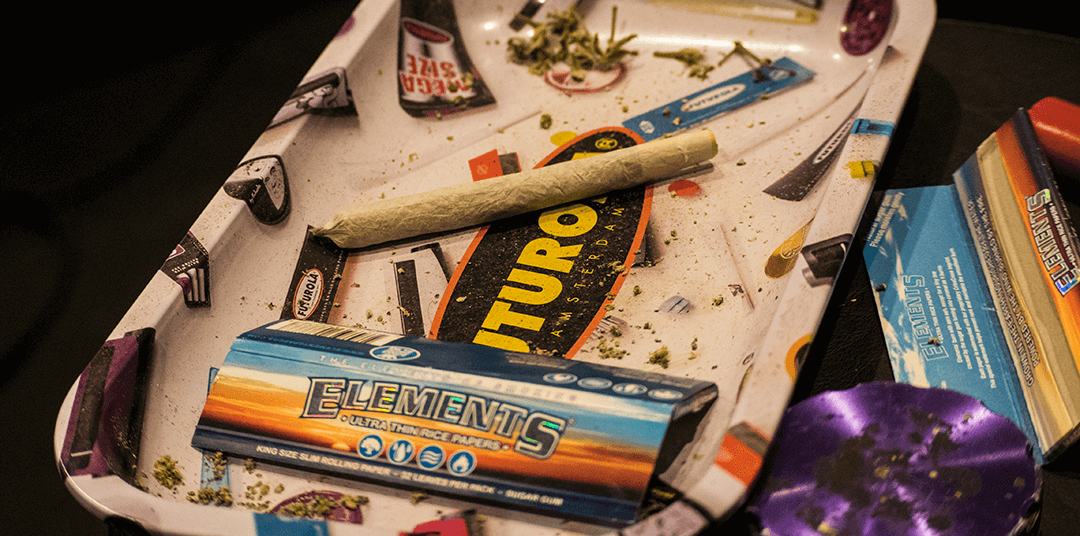
Colorado Cannabis Delivery and Social Consumption Makes Big Moves
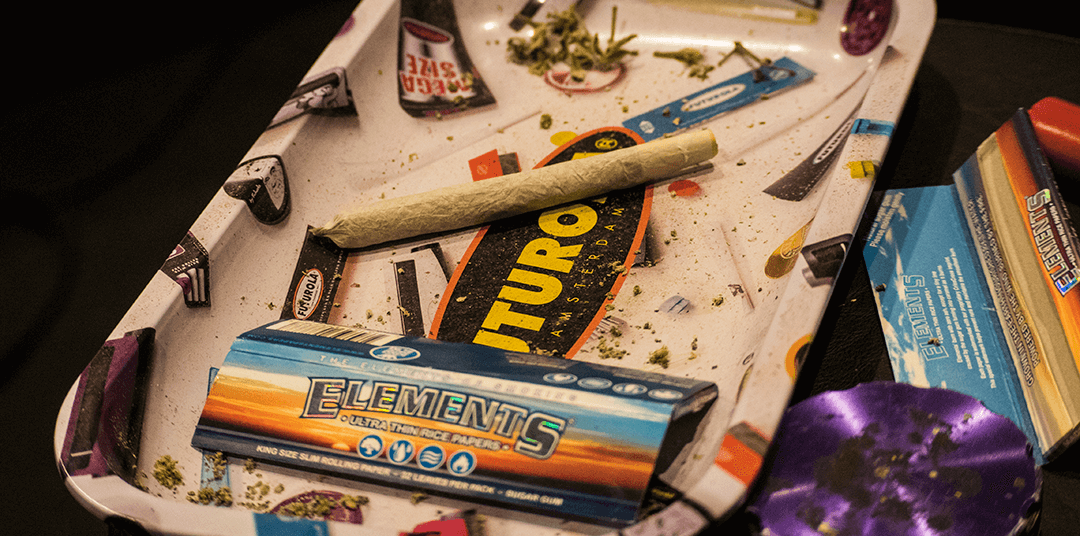
Cannabis has been legal in Colorado since 2012. But it’s been hard to figure out where it’s safe to consume it.
Unless you owned a home or had a cool landlord, you would be at a loss trying to find a safe place to consume the cannabis you just bought. Since legalization, it has been illegal to consume cannabis in a public setting in Colorado.
The only place that was legal to consume was a private residence. As mentioned before, if you’re renting and your landlord puts a “no cannabis” rule in the lease, you’re out of luck (as someone in that situation I can vouch for the inconvenience).
But finally, that’s all about the change.
House Bill 1230
Under this new bill, dispensaries will be able to apply for a tasting room license similar to the one used for breweries in this state, while businesses such as hotels, restaurants, music venues, art galleries and yoga studios can apply for private consumption licenses and limited cannabis sales.
Mobile cannabis lounges such as tour buses and limousines would also be licensed but could not sell cannabis. Social consumption businesses would have to apply for a license through the state Marijuana Enforcement Division, and would be exempt from the Colorado Clean Indoor Air Act, a state law that bans public indoor smoking.
“In expanding access to regulated spaces for adults to consume cannabis, we are taking the responsible approach to cannabis consumption in a safe environment,” says Senator Vicki Marble, one of the bill’s prime sponsors, in a statement about the bill. “HB 1230 protects the will of voters who asked for the freedom to choose marijuana as an alternative and to curb dealing and use in parks and on the street.”
Nothing is Final
There are still some hurdles before cannabis cafes can open in your town. Governor Jared Polis still needs to sign the bill into law, which appears to be pretty likely at this point.
However, even if Polis signs the bill, local governments would have to opt in to the new licensing program, and could modify it to ban certain forms of consumption, such as indoor smoking. And the City of Denver’s social marijuana consumption licensing program, which already has its own location qualifications and bans indoor smoking, would remain unaffected by new stipulations in the bill, unless Denver City Council or the mayoral administration decide to alter it.
Baby Steps are Still Steps
If there’s anything the members of the cannabis community have learned through the years, it is that cannabis regulation moves slow. While counties in Colorado will be able to begin the application process in January of 2020, should Polis sign the bill, counties can still make their own regulations.
It’s likely that many places will still ban indoor smoking even with the new law permitting this with the proper licensing. However a big driving force behind this bill specifically was the cannabis tourism industry in the state. With current laws, out-of-state visitors who legally purchase cannabis cannot consume it in hotels.
With House Bill 1230, hotels and other local businesses could gain additional tourism revenue by getting on board and applying for a public consumption license.
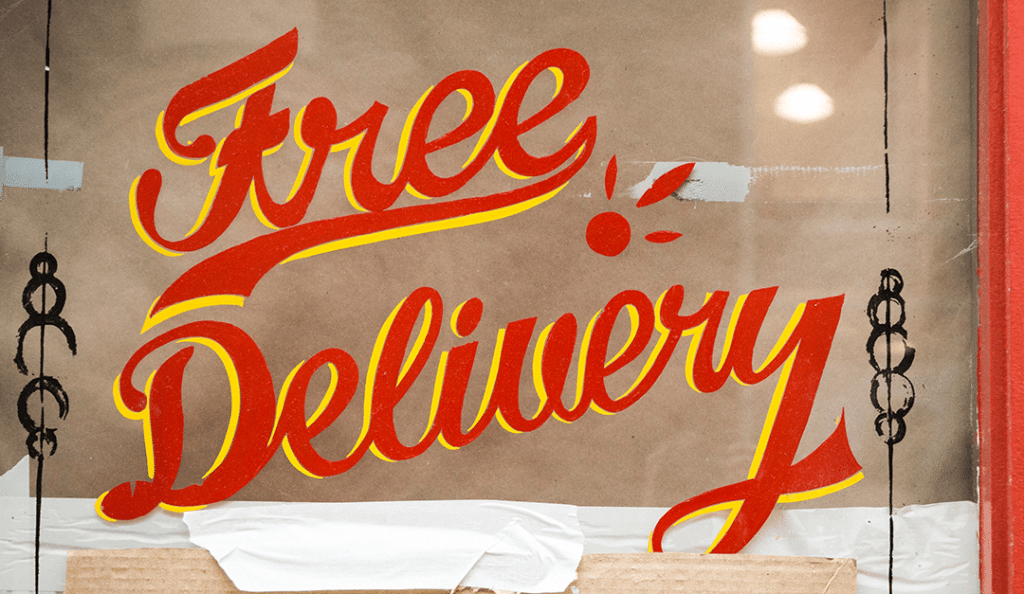
Dispensaries in Colorado could start using free delivery as a sell point if the new cannabis delivery bill passes.
Cannabis Delivery in Colorado
The day before the passing of House Bill 1230, House Bill 2019-1234 passed the state Senate with a vote of 20-14, and the state House with a vote of 38-27. The bill allows for “marijuana delivery permits” for licensed medical marijuana dispensaries and “transporters” to deliver their products to private residences once a day only.
Should the bill get the final signature from Polis, medical cannabis delivery would start in 2020, with recreational delivery following soon after in 2021. A $1 surcharge would be tacked on to each delivery made and would then be funneled back into local law enforcement for the sole purpose of administering local marijuana laws.
Those licensed to make such deliveries would also be protected from criminal prosecution while on the job. Similarly to the other bill, local county governments and city councils could still restrict deliveries.
Proponents of cannabis delivery in Colorado site those medical patients that cannot make it to a dispensary due to immobility or other issues and a desire to eliminate the illegal delivery market currently operating in the state, while opponents worry that cannabis delivery could damage in-person dispensary sales and even open the opportunity for big players like Amazon to eventually take over.
Nevertheless it looks like a bright future lies ahead for cannabis consumption in Colorado, and it’s about time. For over 6 years cannabis consumers in the state have had to hide or find somewhere secluded enough that they wouldn’t get caught.
Hopefully these bills will get the final signature from Polis and we can begin to move forward into the next phase of legal cannabis in Colorado.

